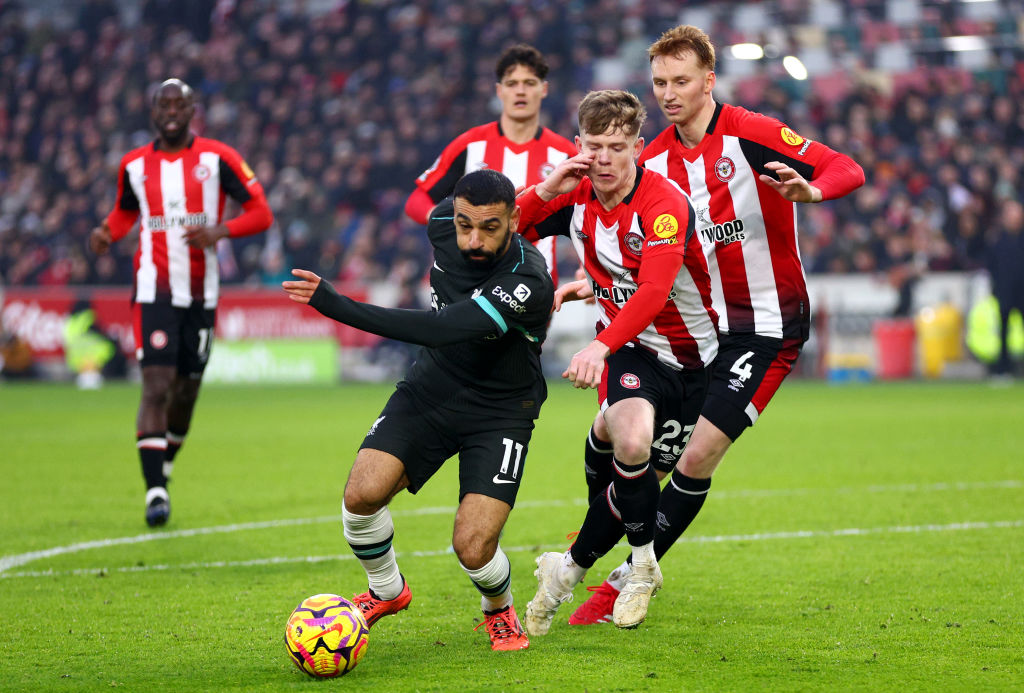
Why does streaming sometimes lag behind live TV?
When you're watching the live stream of something like a football match, sometimes the live stream lags a few seconds behind the feed on the radio or linear TV. Why does this occur? The reason lies in the multiple stages required to transition a live broadcast to streaming apps.
One of the major advantages of streaming video is the ability to watch significant events while on the go. However, when you compare a live stream with the same event being broadcast on traditional TV, you'll notice a downside: the streamed video often lags behind the live broadcast, sometimes by up to 30 seconds.
So, why does this happen? It's due to the complex process of converting a live broadcast into a streamable format.
Video Capture
The camera captures the image, which is typically sent to an outside broadcast van before being transmitted via satellite or a dedicated landline to the broadcast centre.
Encoding
The video feed is incredibly data-heavy and requires compression using a codec. This compression process reduces gigabytes of data to more manageable megabytes. Simultaneously, the video is transcoded into various file formats to cater to different internet speeds, with each stream potentially having up to 10 different bitrate profiles.
Packaging
Next, the compressed video needs to be packaged for delivery, which involves adding a file container format and implementing digital rights management (DRM) security protocols.
Delivery
The video must then be delivered from the source to the viewer. The further the viewer is from the media server, the longer the video takes to arrive, potentially leading to latency and buffering. To mitigate these issues, Content Distribution Networks (CDNs) are used. These networks consist of servers spread across the country to distribute the load and ensure the video is streamed from the closest possible point to the viewer.
Playback
The video stream on the user's device is broken into short segments, each a few seconds long. The device constantly monitors the quality and speed of its internet connection and communicates this back to the source. If the connection is strong, higher bitrate segments are sent, resulting in a clearer picture. If the connection weakens, lower bitrate segments are sent, which may cause the video to become pixelated. Despite this, the user experiences smooth playback overall.
All of these processes happen in real-time as the event unfolds, presenting a significant challenge for live-streaming companies as it inevitably causes a delay compared to live broadcasts. However, ongoing advancements aim to speed up these processes, and we can expect this lag to decrease over time.
Original African stories by local talent
Volspoed S1
Volspoed is a turbo-charged reality series about the high-adrenaline life and marriage of endurance racer Antonie Marx. Lands 6 January on Showmax.

Adam to Eve
Blessing Lungaho stars in Adam to Eve, as a man whose world is turned upside down when a mysterious curse transforms him into a woman.

The Real Housewives Ultimate Girls Trip: Africa
The Real Housewives Ultimate Girls Trip: Africa brings together fan favourites from Nigeria, Kenya and SA. New episodes land on Showmax on Fridays.

Unspoken War
Six-part docuseries Unspoken War, produced by IdeaCandy, lands on Showmax and M-Net on Wednesday, 12 November 2025.
Slay Queens
Slay Queens is a bold docuseries that dives straight into the glitzy, gritty world of Mzansi’s most talked-about women. New episodes every Friday.

Vaal Riviera
Vaal Riviera follows four Afrikaans families living in the heart of Vaal River society, where family, business, car racing and legacy all come into play. Now streaming, with new episodes on Tuesdays.

The ABC Killer
The ABC Killer is a twisty true-crime documentary series about serial killer Moses Sithole. Stream now on Showmax.

What if we believed the best can come from here?
Let's rewrite the rules of what it means to be local.
Iyanu: The Age of Wonders, coming soon
BBNaija S10 on Showmax
Latest Stories

What to watch on Showmax in Ghana in December 2025

From Poverty to Purpose: The Redemption of Emmanuel Adebayor: Why Saving Lives Trumps Scoring Goals

Christall on The Ultimate Girls Trip, Evodia and more

Manchester City vs Liverpool: The Rivalry Reignites

What to watch on Showmax in Ghana in November 2025

10 fun things to watch on World Animation Day

Annie Mthembu opens up about The Real Housewives Ultimate Girls Trip Africa

Can LFC rediscover the form that saw them crowned champions?

Conor Bradley on Liverpool's difficult run and the path back

Must-watch trailer: The Real Housewives Ultimate Girls Trip: Africa

Creating The Lord of the Rings: The War of the Rohirrim

From The Office to The Paper

Dexter's deadly to-do list in Dexter: Resurrection

Bafana Bafana composed for Durban showdown against Zimbabwe

Arsenal and Liverpool early front-runners ahead of Premier League international break

Inside spy movie Black Bag

The Premier League canvas: a Saturday masterpiece painted in blue and red

BBNaija 10/10: Road to finale

The clash of the new number 9s: Gyökeres vs Woltemade

June Squibb wins Best Actress award at age 95 for Thelma

Red vs Blue: Showmax Premier League serves up a blockbuster weekend

Blockbuster Premier League weekend: Red vs Blue

Gerard Butler and O’Shea Jackson Jr chat about Den of Thieves 2: Pantera

From doubt to dynamo: Micky van de Ven's rise at Tottenham





